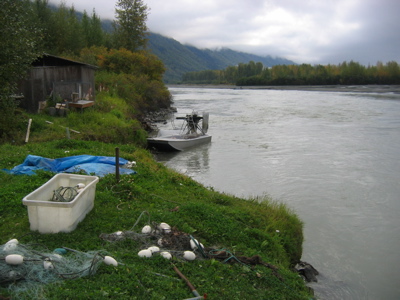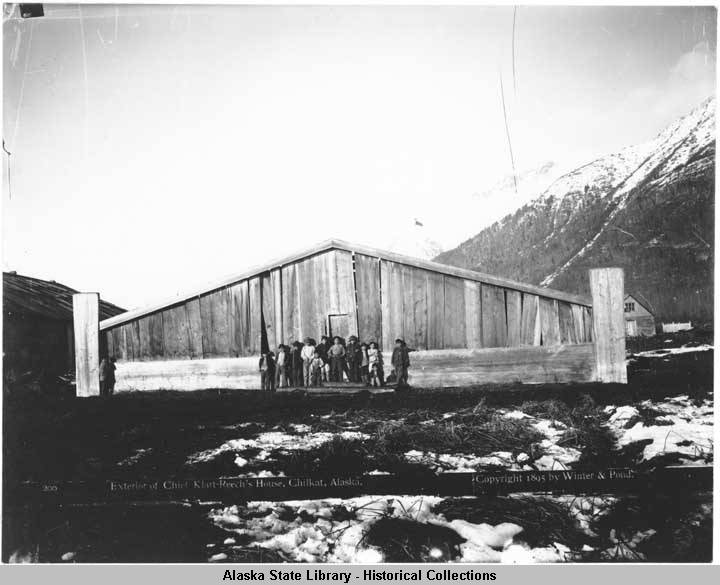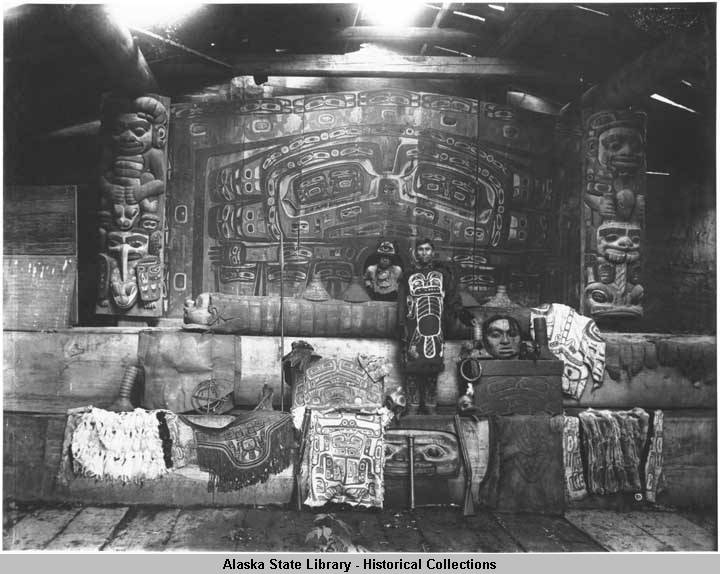The people of Klukwan lived self-sufficient and prosperous lives prior to the arrival of outsiders brought in by the Alaska Gold Rush in the late 1800s. The Chilkats subsisted on foods found in their immediate area and engaged in trade with neighboring and farreaching tribes to the north and the south. The prosperity of the Chilkats continued well after contact as they closely guarded their trade routes into the Interior of Alaska and Canada. Legend tells us that the Chilkats began to lose control of the prosperous trade routes only after the United States Army came armed with Gatling guns. Spears and daggers, the traditional weapons of the Tlingit, were no match for automated weapons.
Demographics
As of the census of 2020, there were 87 people, 65 households, and 29 families residing in the CDP.
The median income for a household in the CDP was $37,917, and the median income for a family was $66,250.
The people of Klukwan are gaining a reputation for their generous hospitality and openness to visitors.

The Chilkat River is an important source of sustenance for Klukwan residents
 Exterior of Chief Klart-Reech’s House, Chilkat, Alaska c.1895, Alaska State Library, Winter & Pond Photographs, ASL-P87-0009
Exterior of Chief Klart-Reech’s House, Chilkat, Alaska c.1895, Alaska State Library, Winter & Pond Photographs, ASL-P87-0009
 Interior of Whale House of Chief Klart-Reech, Klukwan, Alaska c.1895, Winter & Pond Photographs, ASL-P87-0013
Interior of Whale House of Chief Klart-Reech, Klukwan, Alaska c.1895, Winter & Pond Photographs, ASL-P87-0013
